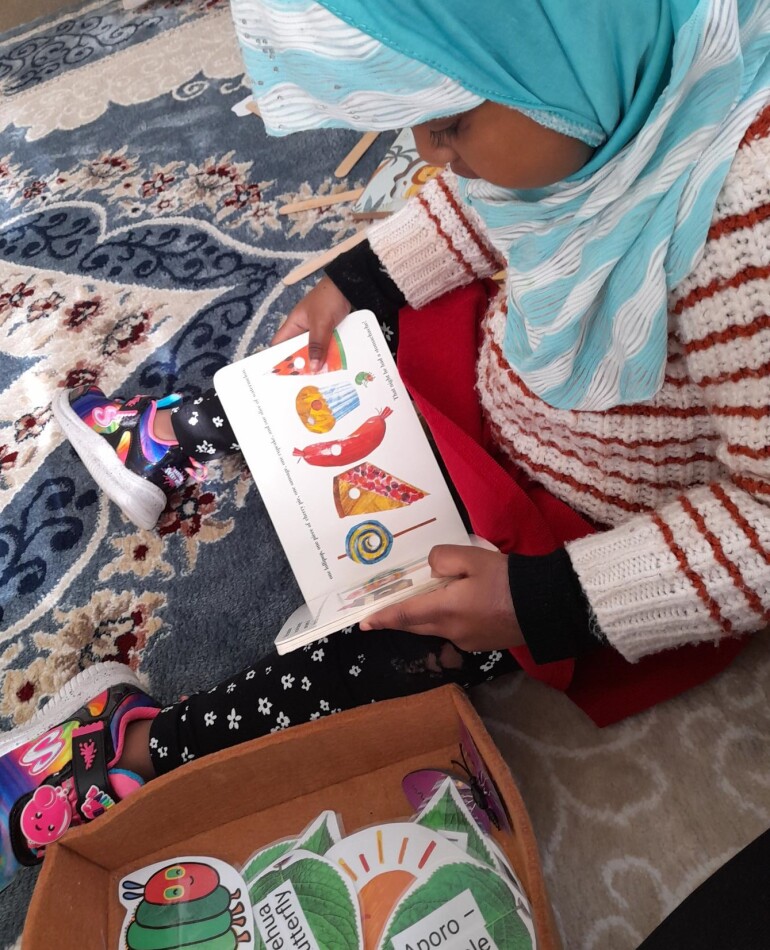News And Events

Benefits of Storytelling
11 April 2024Stories are important aspects of cultural learning through which children learn to make meaning and sense of their experiences and the world. Children are immersed in the stories that surround them from birth, or before, in their family home environments. Children learn about themselves and their identities through the stories that they hear and tell.
Telling and re-telling stories can support children’s oral language and socioemotional development. Evidence shows that stories involving talk about the past, or `reminiscing’, can also have positive benefits for children’s vocabulary, phonological awareness, narrative skills, and emotional development. Many children love to hear, tell, and re-tell stories about themselves and people, places, and things that they know well.
Stories might take many forms; they might include action songs, prayers/karakia, everyday conversations, mark-making and art, pretend play, animal/vehicle/puppet play, learning stories, and book reading. Children follow stories through watching, listening, and engaging in storytelling using their bodies in space as well as gestures, noises, facial expressions, eye contact, touch, and words.
Kaiako and parents play a crucial role in reading and telling stories to children, but it is important to remember that children are storytellers too. Even before children can talk, they make signals through their embodied gestures, noises, and eye contact to tell us things. Children are competent and capable of observing and participating in stories in many different ways, such as play.
Storytelling encourages both receptive language learning (listening and understanding) and expressive language learning (gesture and talk). It is an opportunity for tamariki to learn about performance voices and how voice intonation helps to convey a story. It’s often easier for tamariki to tell stories with the help of props such as:
- shells or stones, which can be used to sequence events
- clay shapes, which can be used to act out simple stories
- puppets; less confident children will usually tell a story to a puppet, especially if the kaiako uses a special or funny voice for the puppet
- magnet board characters and dress-ups can be used.
Throughout the day, opportunities for storytelling will naturally arise, and we can support tamariki to feel confident to share their thoughts and ideas by actively listening, acknowledging and reassuring them, and supporting them to talk in their home language if they feel more comfortable.
Information from The Education Hub and Te Whāriki Online


